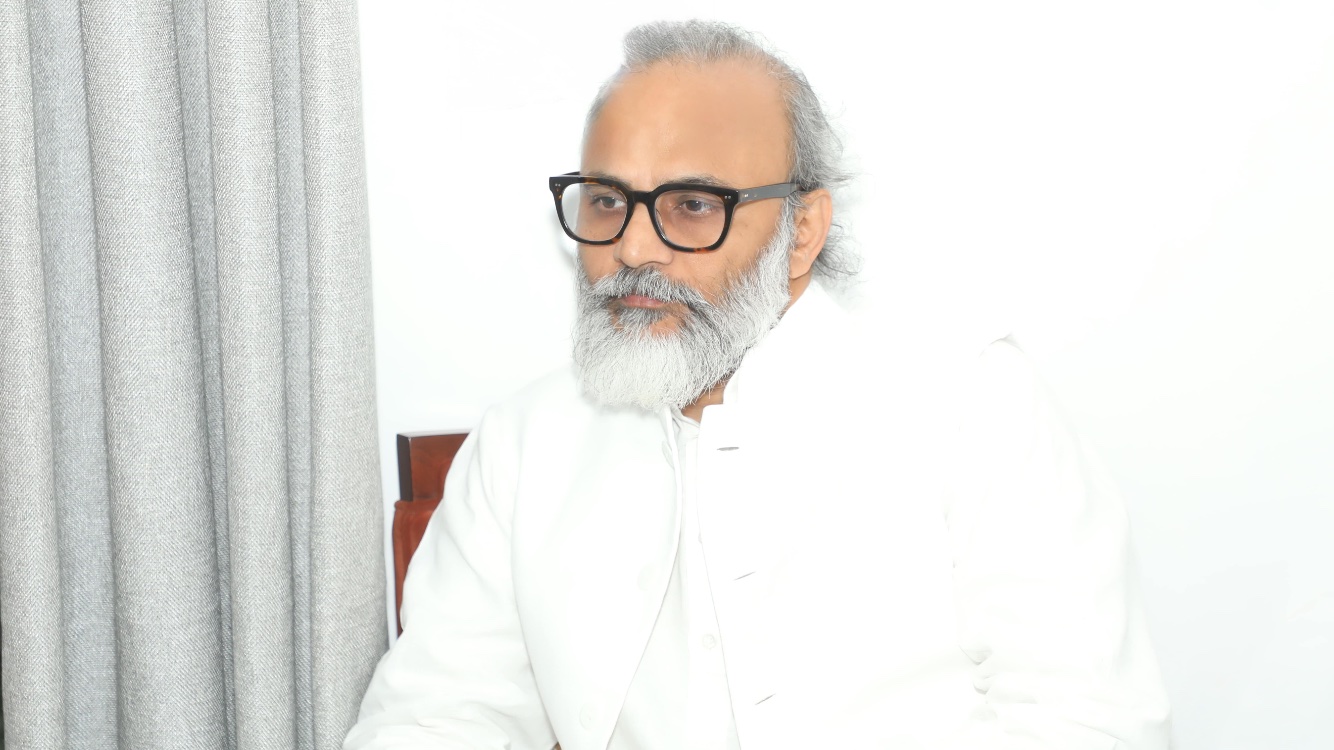
When Breath Ceases, Silence Begins
6 months ago By Yogi AnoopWhen Breath Ceases, Silence Begins
(A conversation between Yogi Anoop and his disciple)
Disciple: Guruji, I’ve been practicing breath retention—kumbhaka—for some time now, but I can’t shake the feeling that I’m treating it like a physical task. Yet I sense there’s something more subtle behind it. Is kumbhaka only about holding the breath, or is there a deeper dimension?
Yogi Anoop: That’s a very important question. You see, when we speak of kumbhaka, we’re not merely referring to breath retention. It may appear as a physical pause, but in truth, it is a doorway into silence, into stillness. The body may stop breathing for a while, but if you listen carefully, something else begins—something beyond the breath. Kumbhaka, when approached rightly, is not a technique of control—it is an invitation into awareness. A kind of awakening.
Disciple: But Guruji, aren’t there different ways to approach kumbhaka? Sometimes I try to hold my breath intentionally, and it feels intense, even heating. Is that normal?
Yogi Anoop: Yes, there are fundamentally two approaches. The first is voluntary kumbhaka, where the practitioner deliberately holds the breath. This is the more common method, and it has its purpose. When you practice it correctly, it generates internal heat—not metaphorically, but quite literally. That heat is designed to burn through the impurities within. Not just physical toxins, but the subtle residue that accumulates in your sensory system, in your thoughts, in your nerves.
But remember, fire is a purifier only when it is rightly contained. When this heat becomes excessive—if the practice is forced or done without deep awareness—it can disturb the internal balance. Just like a small amount of fire warms the house, but too much can burn it down. The same is true for the body and mind.
Disciple: You mean this kind of kumbhaka can be risky?
Yogi Anoop: Risky only when misunderstood. Let me give you an analogy. In Ayurveda, castor oil is sometimes used to clean the intestines. It works by generating heat and encouraging expulsion. But even a slight overdose can lead to aggressive reactions—like severe purging. The body doesn’t need violence for healing. It needs cooperation, rhythm, and gentleness. Similarly, when you practice voluntary kumbhaka without tuning in to the body’s limits, you might overheat the system, leading to imbalances—restlessness, insomnia, or even mental agitation.
Disciple: That’s eye-opening, Guruji. Then is there a gentler way to approach kumbhaka?
Yogi Anoop: Yes, there is. And that’s the path I have walked for many years now. It is what I call involuntary kumbhaka—or more gently, the natural pause. In this approach, the breath stops—not because you force it to, but because the system no longer feels the need to breathe. There is a moment in deep stillness when the breath, by its own will, comes to rest. You don’t do it—it happens.
This natural kumbhaka is not an act of discipline—it is a result of presence. You become so aligned, so calm, that the breath itself pauses, like a bird landing quietly on still water. It’s a moment of pure inner trust. And in that pause, something magnificent begins: detoxification, not through fire, but through deep peace. A cooling, quiet restoration.
Disciple: Is the body really cleansing itself even without heat?
Yogi Anoop: Yes, and in a way that is more sustainable. In the natural pause, subtle biochemical shifts occur. The parasympathetic nervous system becomes dominant. Hormones rebalance. The body releases stored toxins, not with intensity, but with grace. Your mind doesn’t feel effort—it feels relief. The organs don’t feel pressure—they feel cooperation. There’s no violence in this process. No heat. No tension. Just silence… that heals.
Disciple: This feels like a very different dimension of yoga, Guruji. Not effort, but surrender.
Yogi Anoop: Exactly. In this state, you are not doing kumbhaka. You are being kumbhaka. You become the pause. The breath rests, and in that rest, you meet your own untouched nature. This kind of kumbhaka is especially suited for those walking the path of inner stillness—for seekers who are not chasing peak experiences, but depth; not flashes of ecstasy, but continuity of awareness. If you want to sit with your soul, this is the way.
Disciple: And you have practiced this way for many years?
Yogi Anoop: More than 25 years now. It has shaped not just my breath, but my mind, my awareness, even my way of living. I no longer see Kumbhaka as a technique to master. I see it as a space to enter—a space where the breath no longer commands attention, and silence becomes the teacher.
Disciple: And in that silence… Do we come closer to the self?
Yogi Anoop: Yes. The breath takes you to the edge of form. The pause takes you beyond. In the silence of natural kumbhaka, the soul doesn’t just reveal itself—it becomes the only thing left. No effort, no identity, just presence.
Recent Blog
Copyright - by Yogi Anoop Academy
